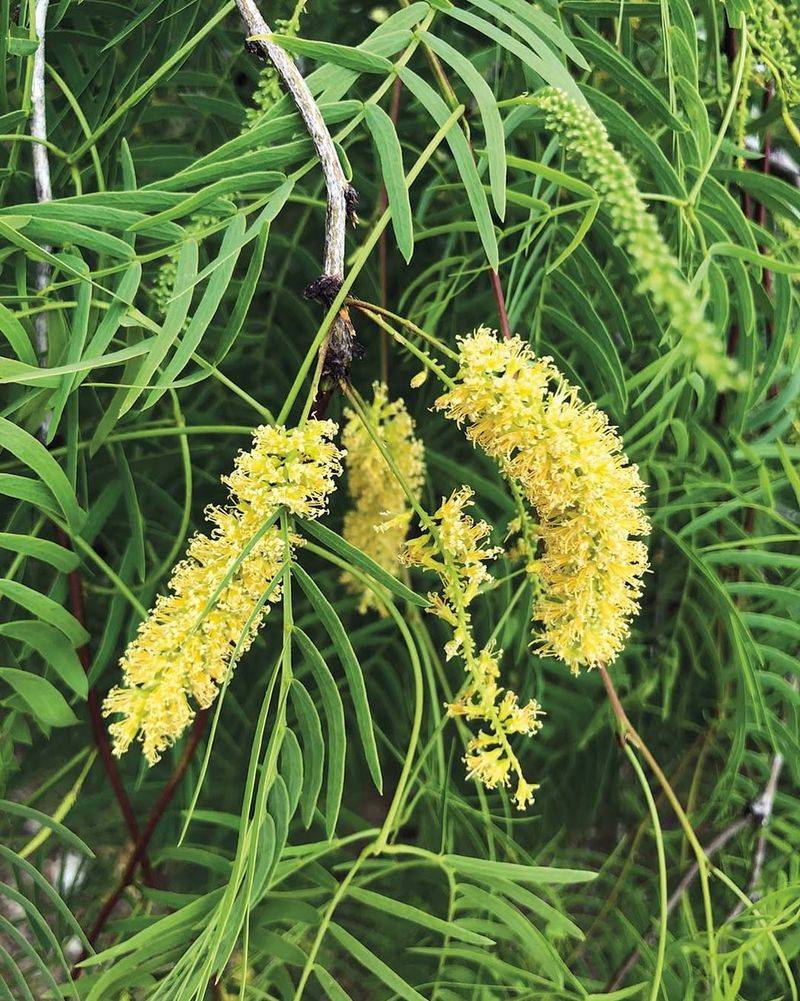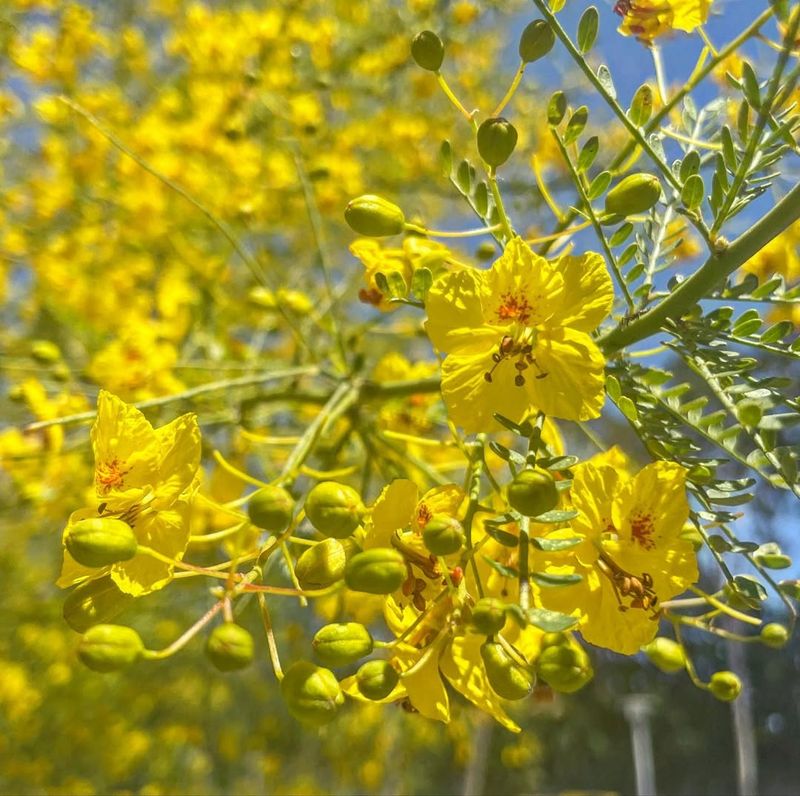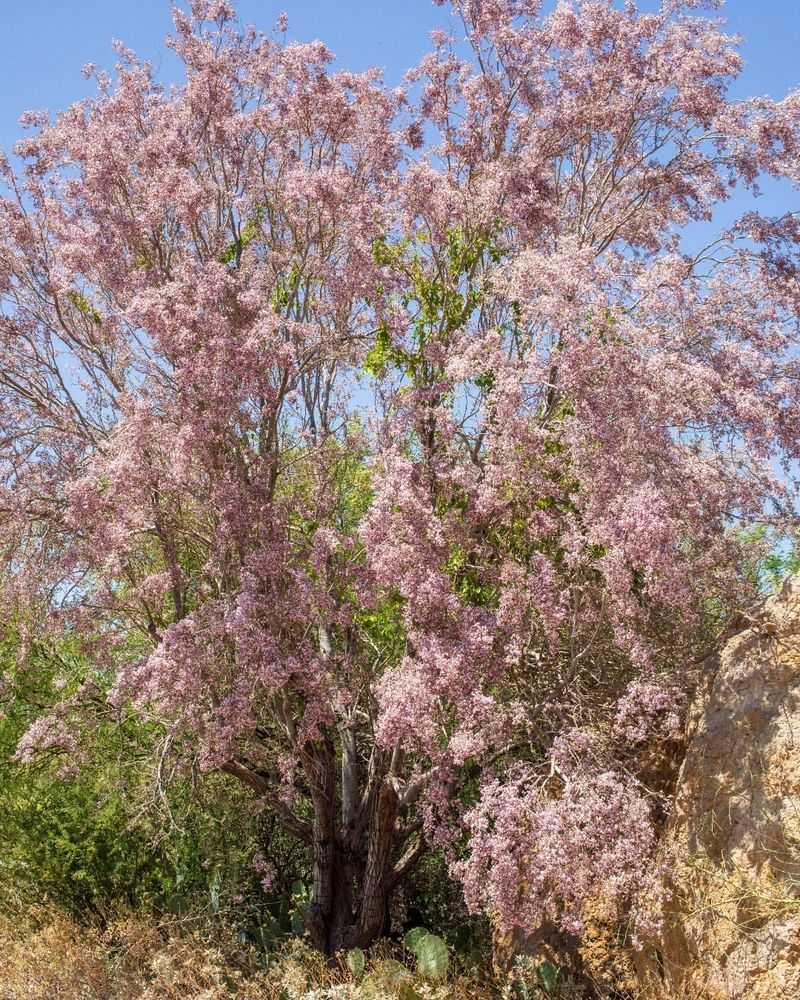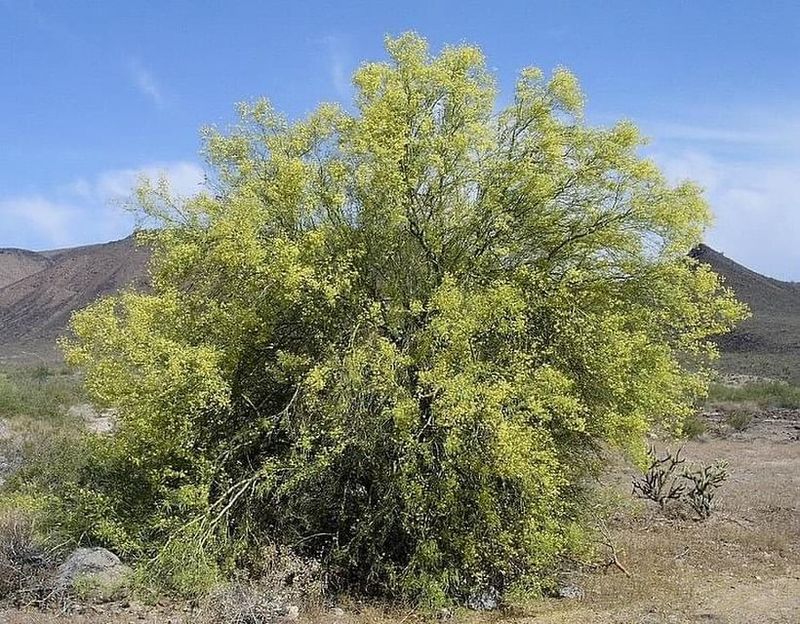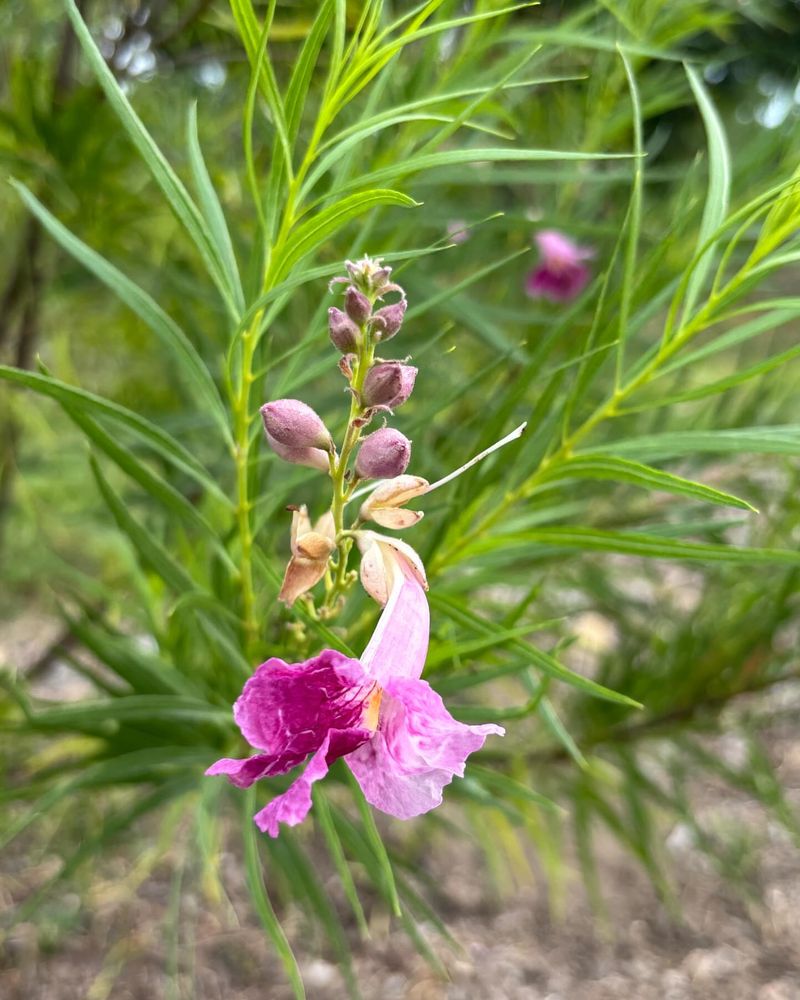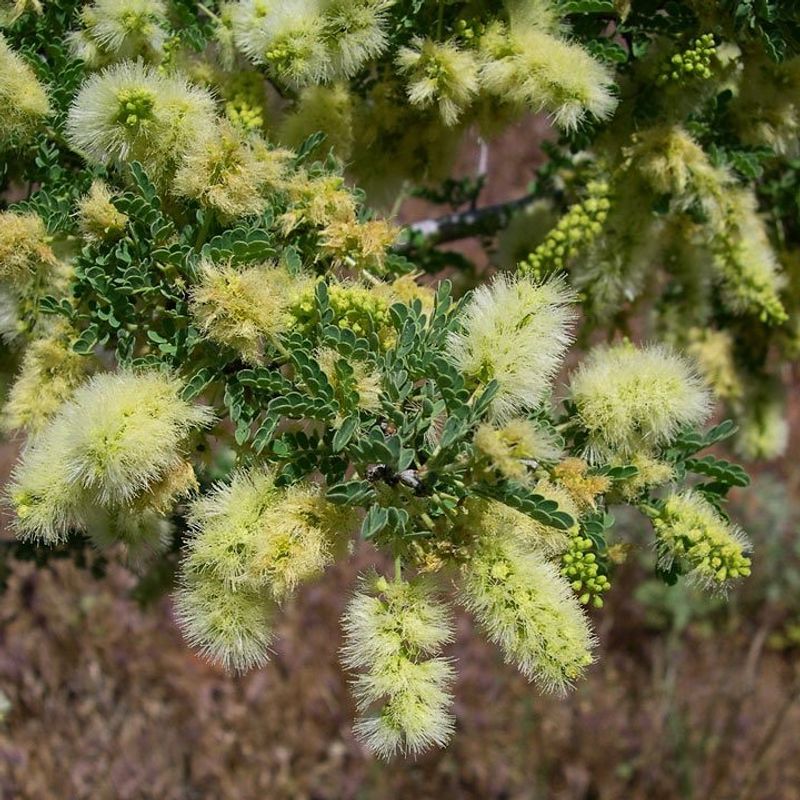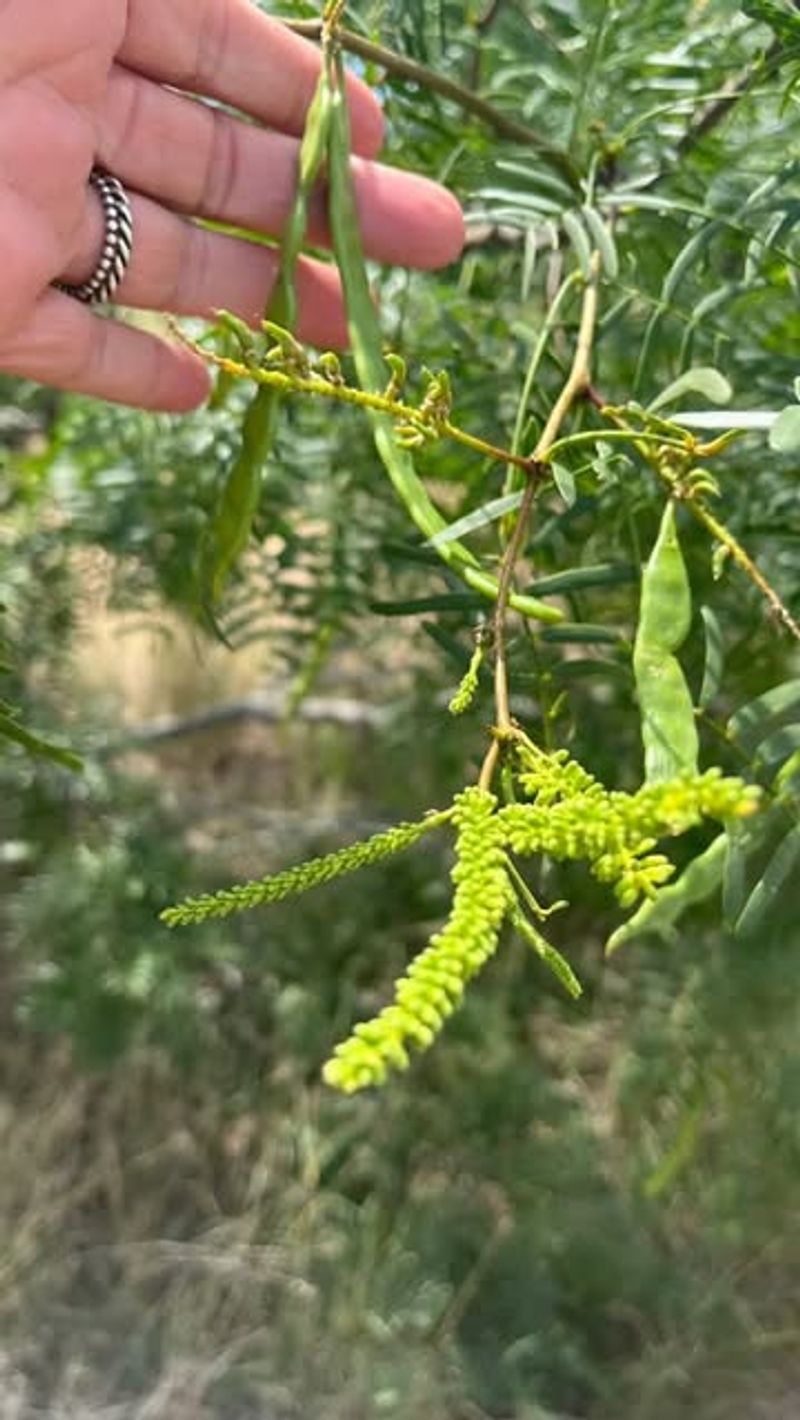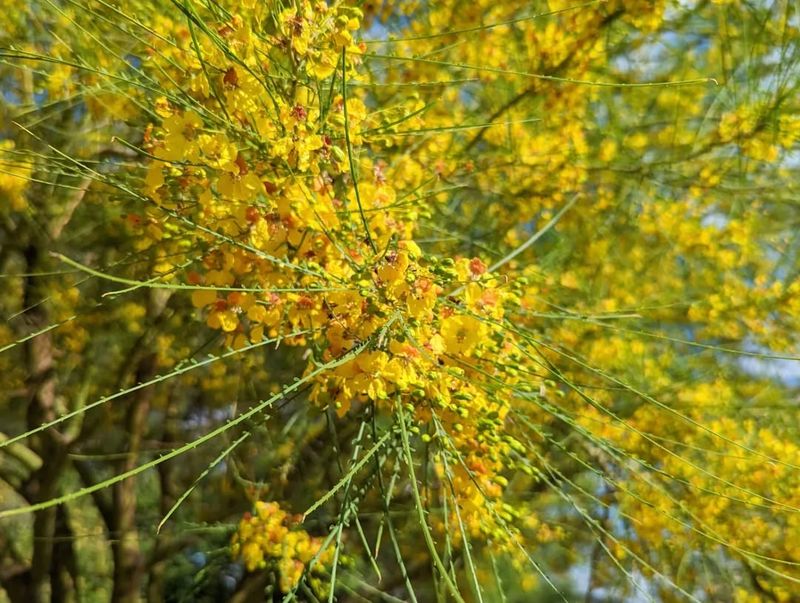Arizona homeowners often don’t realize that chopping down certain trees can land them in legal trouble. Our desert state has strict regulations protecting native species that play critical roles in the local ecosystem. Understanding which trees are off-limits helps you avoid hefty fines and supports the health of our unique landscape.
1. Mesquite: A Desert Staple You Can’t Just Remove
Velvet and honey mesquite trees anchor our desert neighborhoods, offering shade and nitrogen-rich pods that wildlife depend on. In my experience, many folks don’t realize these natives fall under local protection ordinances in several Arizona cities.
Removing one without a permit can result in serious fines. The root systems run deep, stabilizing soil and preventing erosion during monsoon season.
If you need to trim branches, I’d recommend hiring a certified arborist familiar with municipal codes. Mesquites grow slowly, so replacing one takes decades of patience.
2. Palo Verde: Arizona’s Living State Symbol
Our official state tree isn’t just symbolic—it’s legally protected in many jurisdictions across the Sonoran Desert. The blue palo verde’s green bark performs photosynthesis year-round, making it a marvel of desert adaptation.
Around my neighborhood, I’ve noticed how these trees support pollinators during their spectacular spring bloom. Cutting one down without authorization violates conservation laws designed to preserve native habitats.
Property owners should consult local ordinances before touching mature specimens. These trees provide essential nesting sites for desert birds and shade for young saguaros.
3. Ironwood: Arizona’s Ancient Survivor
Some ironwood trees in Arizona predate European settlement by centuries, earning them special protection status. Their incredibly dense wood and slow growth rate make them irreplaceable components of desert ecosystems.
For me, learning about their role as nurse plants changed how I view desert gardening. Young cacti and shrubs thrive beneath their canopies, sheltered from harsh sun.
State and federal regulations restrict removal on public lands, and many cities extend those protections to private property. Working with an environmental consultant before any tree work prevents costly legal headaches.
4. Foothill Palo Verde And Its Ecological Importance
Slightly different from its blue cousin, the foothill palo verde thrives on rocky slopes and plays a vital role in soil stabilization. Municipal codes in desert communities often classify it as a protected native species.
I’ve watched these trees support entire food webs—insects feed on the flowers, birds eat the insects, and larger wildlife browse the seed pods. Unauthorized removal disrupts these connections and can trigger enforcement action.
Homeowners planning landscaping changes should verify tree protection status with local authorities. Preserving mature specimens maintains property value and ecological balance.
5. Desert Willow And Pollinator Protection Laws
Though technically a shrub that grows tree-sized, desert willow falls under protective ordinances due to its critical role supporting hummingbirds and native bees. The tubular flowers bloom throughout our hottest months, providing nectar when few other sources exist.
Around my yard, I’ve noticed how these plants attract wildlife that helps pollinate vegetable gardens and fruit trees. Removing them without permits violates habitat conservation regulations in many Arizona municipalities.
If yours needs pruning, time it carefully and keep the structure intact to maintain its ecological function.
6. Catclaw Acacia: Protected For Wildlife Habitat
Named for its curved thorns, catclaw acacia provides dense cover that desert animals desperately need for nesting and shelter. State wildlife agencies recognize its habitat value, leading to removal restrictions in sensitive areas.
I’ve learned that these thorny trees also fix nitrogen in our poor desert soils, benefiting surrounding plants. Property owners who cut them down without proper authorization face penalties under environmental protection statutes.
Before clearing brush, identify whether catclaw is present and check if your location requires mitigation plans or replacement plantings for native species removal.
7. Velvet Mesquite And Soil Enrichment Benefits
Specifically the velvet variety, this mesquite species transforms nutrient-poor desert soil through nitrogen fixation. Local governments protect these trees because they improve growing conditions for entire plant communities.
In my experience working with native landscapes, removing velvet mesquites degrades soil quality for years afterward. Many Arizona cities require permits and ecological assessments before allowing removal, even on private property.
The velvety seed pods also feed wildlife through winter months when food becomes scarce. Respecting these regulations helps maintain the desert ecosystem we all depend on.
8. Blue Palo Verde: Ecosystem Engineers Worth Preserving
Beyond being our state tree, blue palo verde functions as what ecologists call a keystone species—its presence supports countless other organisms. Regulations protecting it reflect recognition of this foundational ecological role.
Around Arizona communities, I’ve noticed how these trees moderate ground temperatures and create habitat complexity that benefits everything from insects to coyotes. Cutting one down without following proper channels invites legal consequences and environmental damage.
If tree work is necessary, document the reasons and secure all required permits before starting. Our desert’s health depends on preserving these ecosystem engineers.

